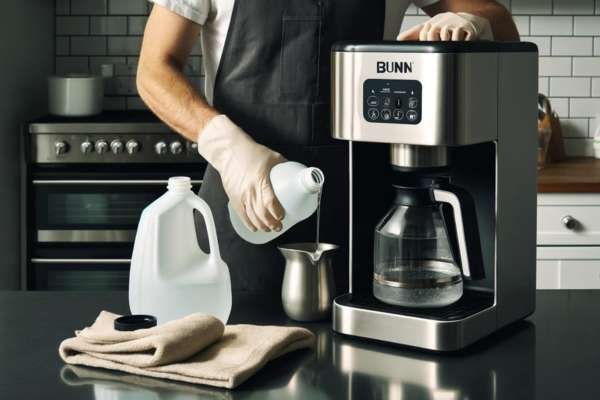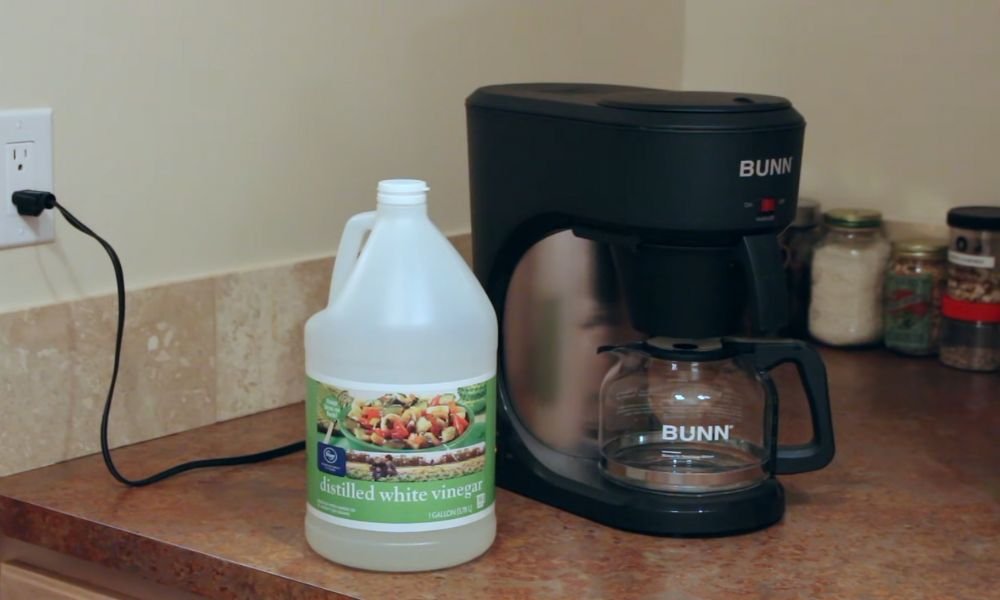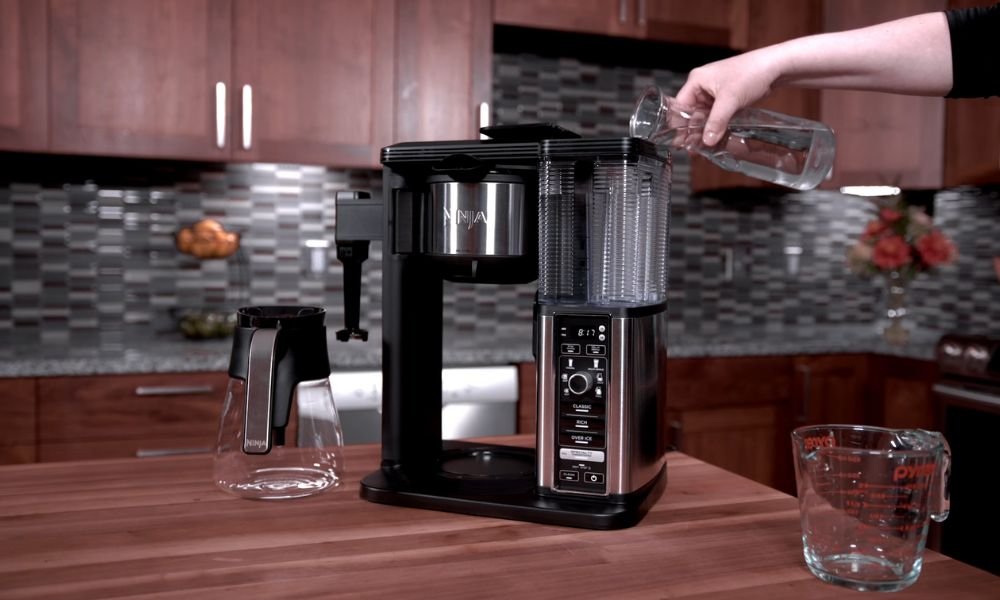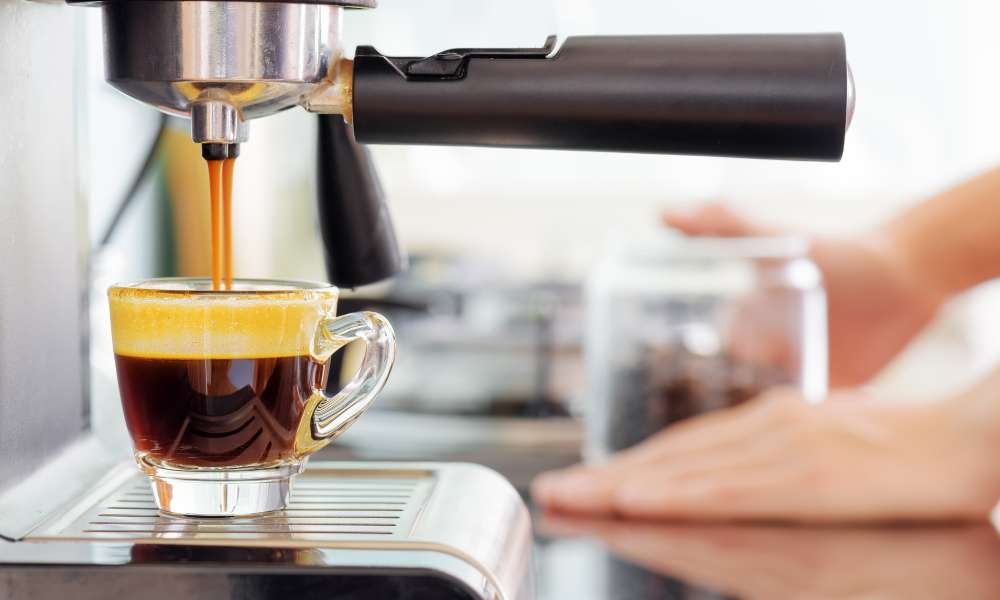Cleaning a Bunn commercial coffee maker regularly ensures optimal performance and the best tasting brew. Clean A Bunn Commercial Coffee Maker With Vinegar Over time, mineral deposits from water can clog the machine’s inner workings, affecting the flavor of the coffee. A simple and effective method to maintain your Bunn coffee maker is using white vinegar, a natural descale. This article will guide you through a step-by-step process to clean your coffee maker with vinegar, helping you keep your machine in pristine condition and your coffee tasting great.
Importance of cleaning a coffee maker
Regular cleaning of a Clean A Bunn Commercial Coffee Maker With Vinegar is crucial for both hygiene and the quality of the coffee it brews. Over time, oils from coffee beans can accumulate, fostering the growth of bacteria and mold. Additionally, mineral deposits from water can build up, potentially harming the machine’s functionality and altering the taste of the coffee. Proper maintenance not only extends the lifespan of the coffee maker but also ensures that each cup of coffee is as fresh and flavorful as possible. Thus, regular cleaning is essential for any coffee lover’s routine.
Preparing to clean
– Materials needed

To effectively clean a Bunn commercial coffee maker with vinegar, you’ll need a few basic materials: white vinegar, fresh water, a soft cloth, and a mild detergent. White vinegar acts as a natural descaling agent, removing mineral deposits that can affect your machine’s performance and coffee taste. Water is used to rinse the machine after cleaning, while a soft cloth helps wipe down external surfaces without scratching. Optionally, mild detergent can be used for deeper cleaning of removable parts. These simple supplies make the cleaning process straightforward and efficient. Read – How to clean a Bunn coffee maker without vinegar
– Preliminary steps
Before cleaning your Bunn commercial coffee maker with vinegar, it’s important to take some preliminary steps to ensure safety and effectiveness. First, unplug the machine to avoid any electrical hazards. Next, remove all coffee grounds and dispose of any used filters. It’s also advisable to detach any removable parts that can be cleaned separately. These initial steps prevent any contaminants from affecting the cleaning process and ensure that every component of the coffee maker is properly addressed for a thorough cleanse.
Running the vinegar through the machine
– Step-by-step guide to start the cleaning cycle
To start the cleaning cycle of a Bunn commercial coffee maker with vinegar, follow these steps: First, fill the brewer’s reservoir with a mixture of one part white vinegar to two parts water. Next, place a filter in the brew basket to catch any deposits. Turn the coffee maker on and begin a brewing cycle. Allow the vinegar solution to run through the system completely. This process helps dissolve mineral buildup and cleans internal components effectively.
Mixing the cleaning solution
– Ratios of vinegar to water for effective cleaning
Maintaining the efficiency and longevity of a Bunn commercial coffee maker requires regular cleaning using an effective, eco-friendly solution. A recommended mixture for descaling and cleaning these appliances is a ratio of 1 part white vinegar to 2 parts water. This solution effectively removes mineral buildup and other residues without damaging the machine’s components. For best results, run the vinegar-water mixture through a brewing cycle, followed by several cycles of plain water to rinse the system thoroughly, ensuring no vinegar taste remains. This method guarantees a clean machine and quality coffee.
Cleaning the exterior and accessories
– How to clean the coffee pot, spray head, and external surfaces
Cleaning a Bunn commercial coffee maker is essential for maintaining its efficiency and longevity. Here’s a quick guide on how to effectively clean the coffee pot, spray head, and external surfaces using vinegar, a natural descaling agent.
1. Coffee Pot: Begin by emptying the coffee pot. Mix a solution of one part white vinegar to two parts water and fill the pot. Allow the solution to sit for about an hour, then scrub with a non-abrasive sponge to remove any buildup. Rinse thoroughly with water.
2. Spray Head: Remove the spray head using the tool provided by Bunn. Soak it in a vinegar solution for at least 30 minutes. Use a small brush to clear away any mineral deposits. Rinse it under running water before reattaching.
3. External Surfaces: Wipe down the external surfaces of the coffee maker with a soft cloth dampened with a vinegar and water solution. Avoid abrasive materials that can scratch the surface.
Rinsing the coffee maker
– Detailed steps on how to flush out the vinegar solution
cold water run through the system for several minutes. Ensure that the water flow is steady to thoroughly rinse out any residual vinegar. Check the system’s output for any lingering vinegar smell or taste. If traces persist, continue flushing with fresh water until the odor and taste are completely gone. This method ensures that the system is fully cleansed and ready for regular use.
– Importance of running multiple water cycles to remove all traces of vinegar
Using vinegar as a cleaning agent is eco-friendly and effective. However, its pungent smell can linger, potentially affecting taste and smell of items cleaned. Running multiple water cycles afterward is crucial. This practice ensures the complete removal of vinegar traces, maintaining the integrity and freshness of your kitchenware and appliances. Multiple rinses safeguard against residual odors or tastes, thus upholding a standard of cleanliness and user satisfaction.
Reassembling and testing the coffee maker
– Steps to reassemble any parts that were removed
Reassembling your Bunn coffee maker is straightforward. Begin by placing the spray head back and screwing it in securely. Next, insert the funnel and ensure it fits snugly. Replace the water tank lid, ensuring it’s properly aligned. Lastly, reattach any removable reservoirs or panels by sliding them into place. Always consult the user manual for model-specific instructions.
– How to test the machine to ensure it’s operating correctly
To ensure your Bunn coffee maker operates correctly, start by checking the water flow and temperature. Brew a test pot using fresh water, noting any irregularities in brewing time or temperature. Clean all parts regularly, particularly the spray head and funnel. Finally, listen for unusual noises during brewing, which could indicate internal issues. Regular maintenance ensures optimal performance.
Tips for allowing the vinegar to work effectively
To clean a Bunn commercial coffee maker with vinegar effectively, follow these tips: First, create a solution of one part white vinegar to two parts water. Pour this into the water reservoir and run a brewing cycle, ensuring the solution flows through all internal components. After the cycle, let the coffee maker sit for an hour with the vinegar solution inside to dissolve mineral deposits. Finally, run two to three cycles with fresh water to rinse thoroughly.
Conclusion
Maintaining your Bunn commercial coffee maker through regular cleaning with vinegar not only enhances its performance but also extends its lifespan. By following the simple steps of mixing white vinegar with water, running this solution through the brewing cycle, and thoroughly rinsing the system afterward, you ensure that your coffee maker remains in optimal working condition. This routine removes mineral buildup and ensures that your coffee continues to taste fresh and delicious. Regular upkeep with vinegar is an effective, economical, and eco-friendly way to care for your Bunn coffee maker.



